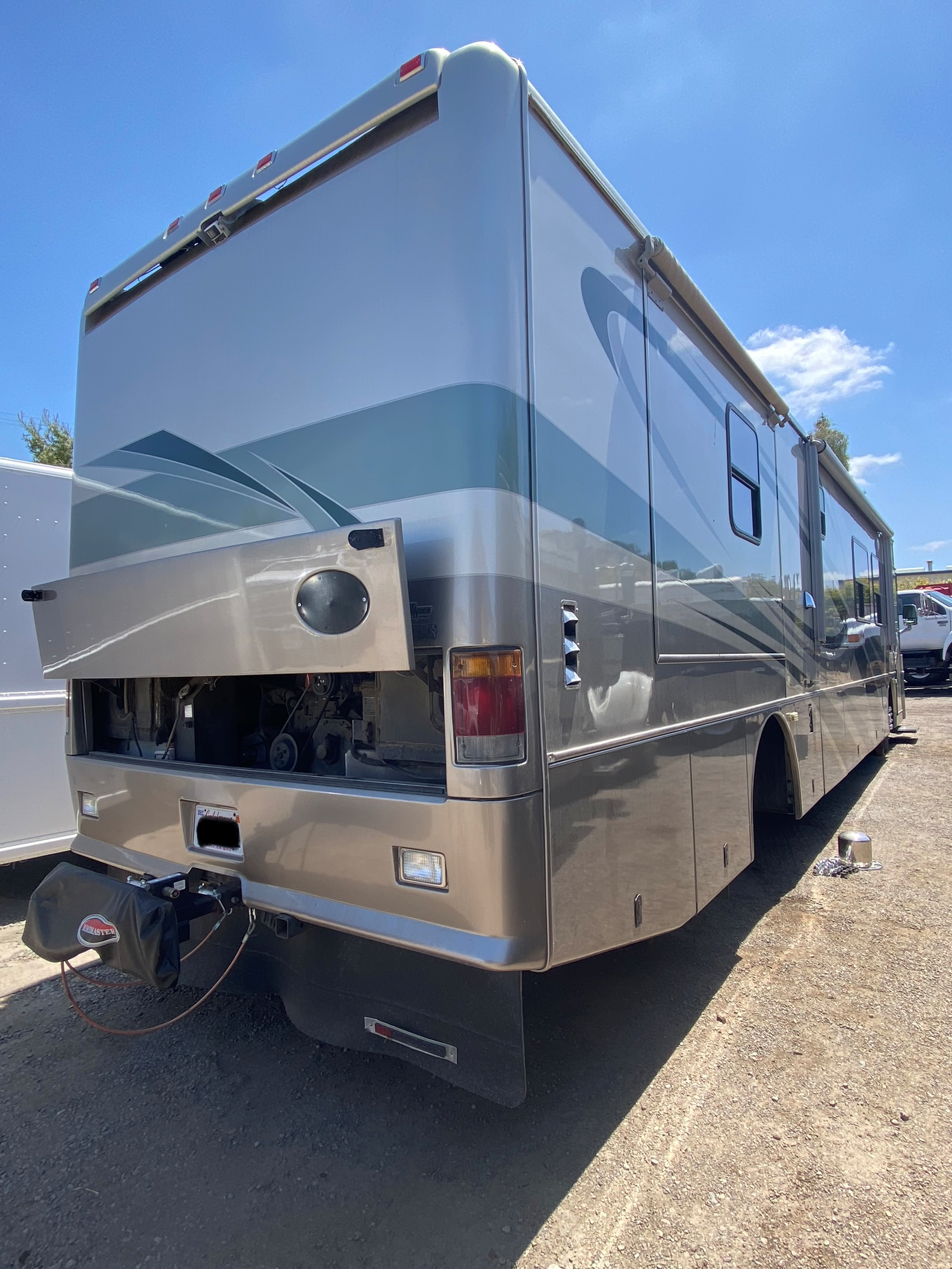The Importance of Semi-Truck Brake Maintenance: Ensuring Safety on the Road
Introduction: Brakes are the most critical safety feature of any vehicle, and this holds especially true for semi-trucks. Given their size and weight, it is crucial for semi-trucks to have well-maintained brakes to ensure the safety of the driver, the cargo, and other road users. In this blog post, we will delve into the importance of regular semi-truck brake maintenance, the key components to inspect, and some best practices to keep your brakes in top-notch condition.
- Understand the Braking System: To effectively maintain your semi-truck brakes, it's essential to have a basic understanding of how the braking system works. The typical semi-truck braking system consists of air brakes, which are more complex than hydraulic brakes found in smaller vehicles. Familiarize yourself with the various components, including the air compressor, air reservoirs, brake chambers, slack adjusters, and brake drums or rotors.
- Regular Inspection: Routine brake inspections are vital for identifying potential issues before they escalate into major problems. Conduct thorough inspections at regular intervals, paying close attention to the brake pads, brake chambers, air lines, and brake drums or rotors. Look for signs of wear, leaks, loose components, or any abnormalities that could compromise braking performance.
- Monitor Brake Pad Wear: Brake pads are subjected to intense friction and wear during braking. Regularly inspect the brake pads to ensure they are within acceptable limits. Excessive wear or thinning indicates the need for replacement. Replace brake pads as per manufacturer recommendations or when they reach the minimum allowable thickness. Neglecting worn-out brake pads can lead to longer stopping distances and compromised braking efficiency.
- Check Brake Chambers and Slack Adjusters: Brake chambers and slack adjusters play a crucial role in applying and releasing the brakes. Ensure that the brake chambers are free of leaks and properly secured. Check the slack adjusters to ensure they are functioning correctly and properly adjusted. Adjusting the slack adjusters is essential for maintaining consistent braking performance and preventing premature brake wear.
- Inspect Brake Drums or Rotors: Brake drums or rotors need regular inspection for signs of wear, cracks, or warping. If you notice any of these issues, it's crucial to replace them promptly. Warped brake drums or rotors can lead to uneven braking, vibration, and reduced stopping power, compromising the safety of the vehicle.
- Maintain Proper Air Pressure: Semi-truck brakes rely on compressed air to function effectively. Regularly check the air pressure in the system to ensure it remains within the recommended range. Low air pressure can result in delayed or inadequate braking response, increasing the risk of accidents. Additionally, inspect air lines and connections for any leaks or damage, and address them promptly.
- Seek Professional Maintenance: While conducting regular inspections is essential, it's also crucial to have your semi-truck brakes professionally inspected and maintained at recommended intervals. Qualified technicians can identify potential issues that may go unnoticed during routine inspections, perform necessary adjustments, and replace components as needed.
Conclusion: Maintaining the brakes of your semi-truck is not only a legal requirement but also a crucial responsibility to ensure the safety of everyone on the road. Regular inspections, monitoring brake pad wear, checking brake chambers and slack adjusters, inspecting brake drums or rotors, maintaining proper air pressure, and seeking professional maintenance are all key steps to keeping your semi-truck brakes in optimal condition. By prioritizing brake maintenance, you're investing in the safety of your vehicle, your cargo, and everyone sharing the road with you. Remember, safe braking saves lives!


